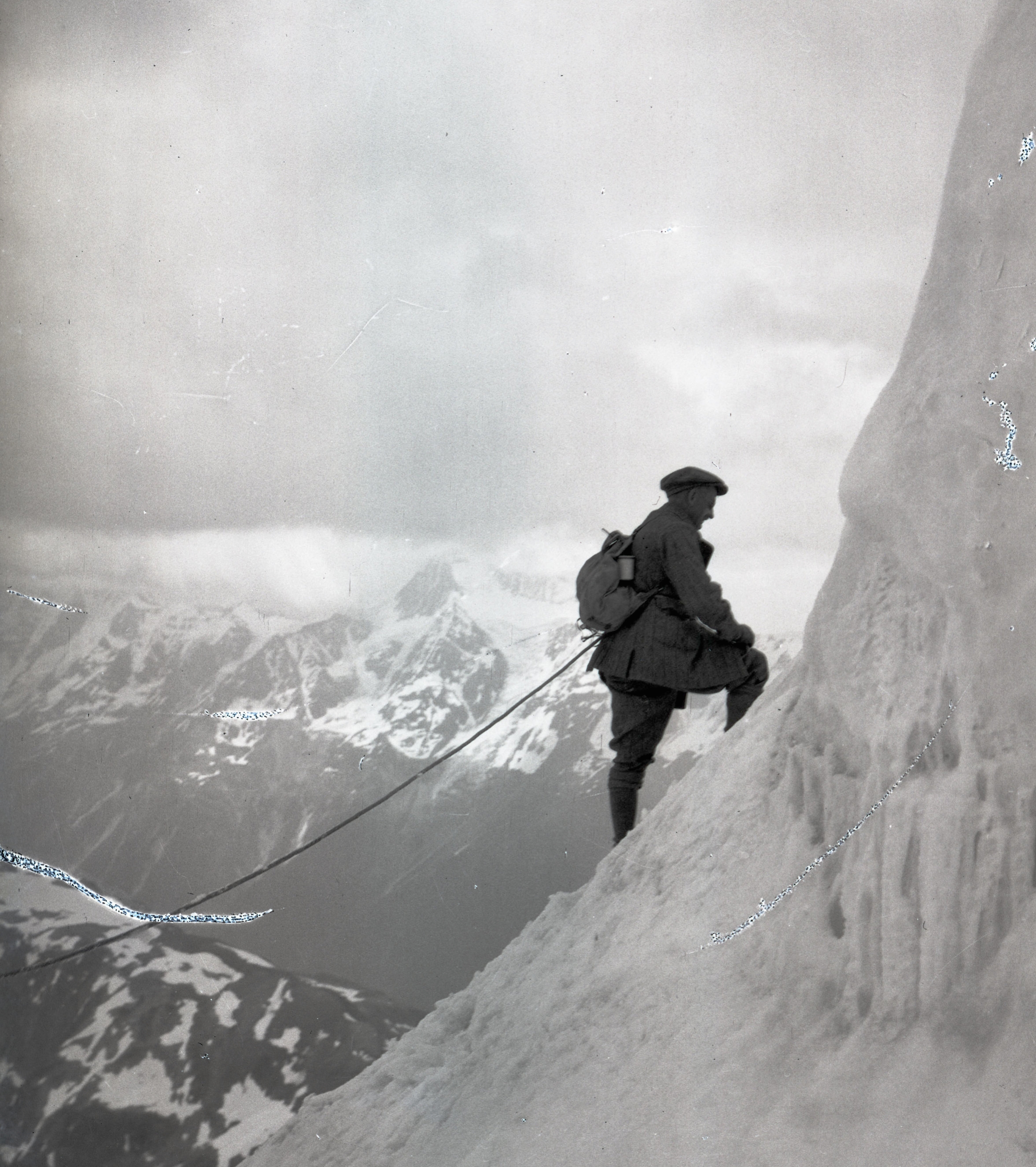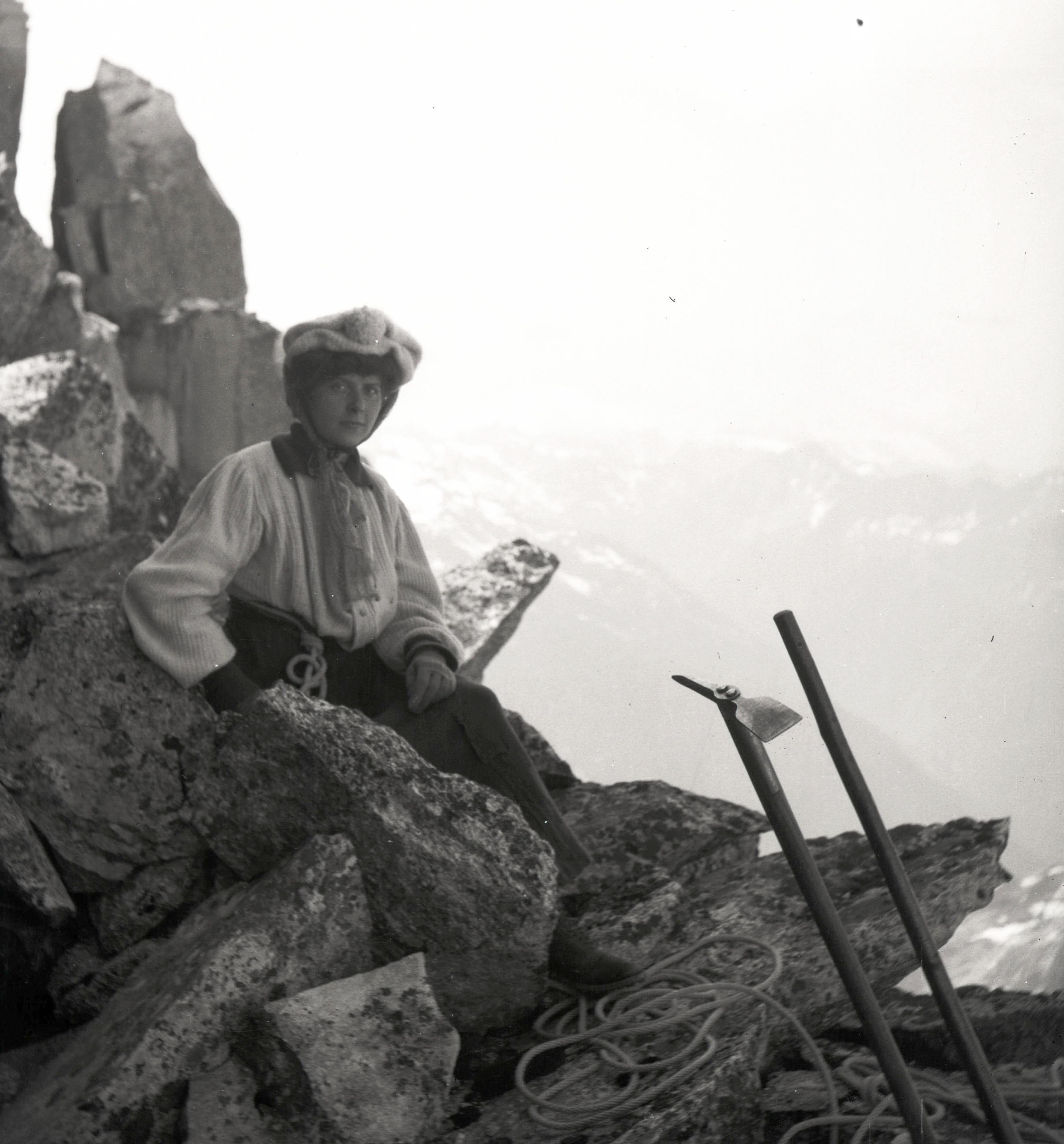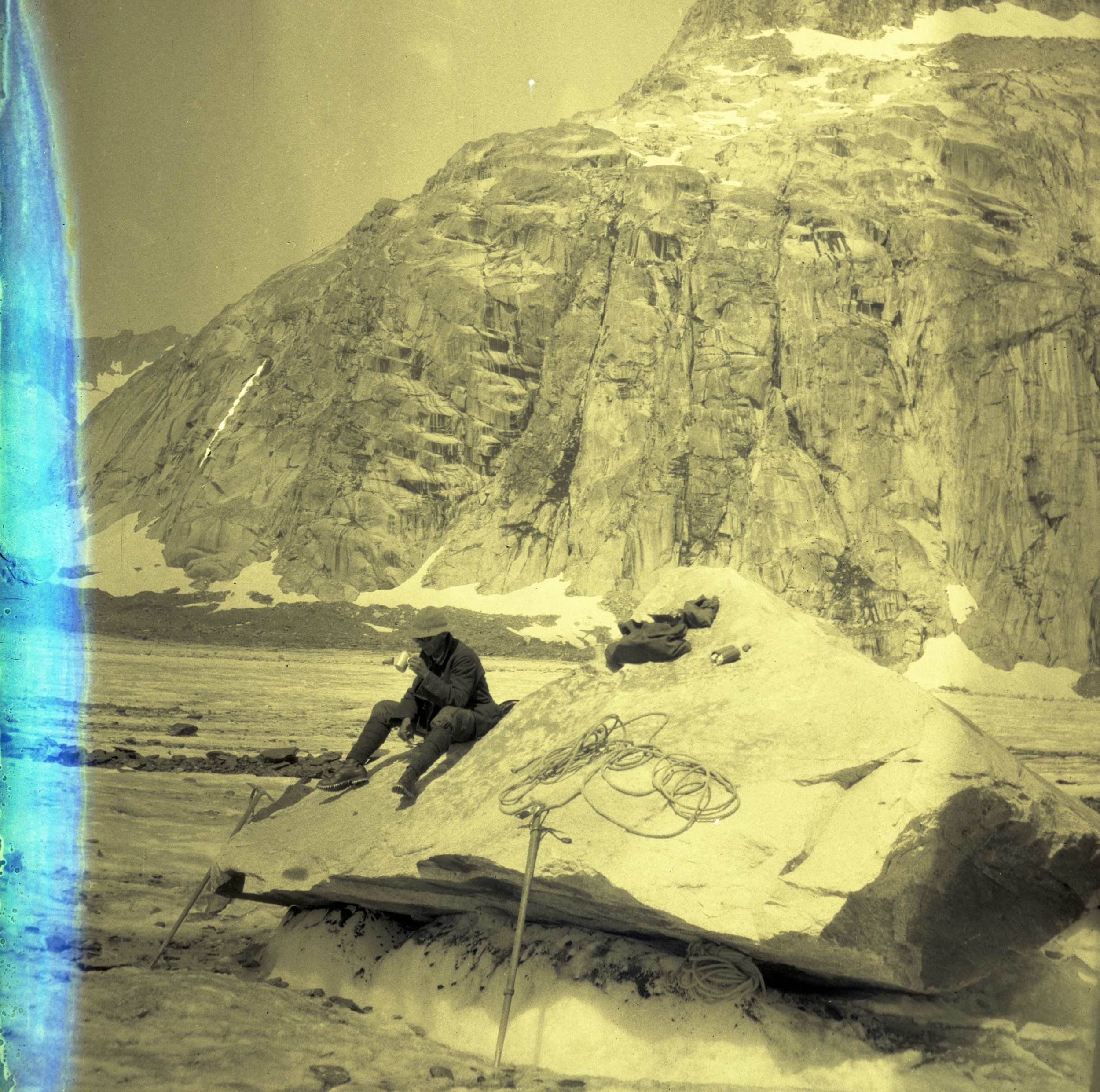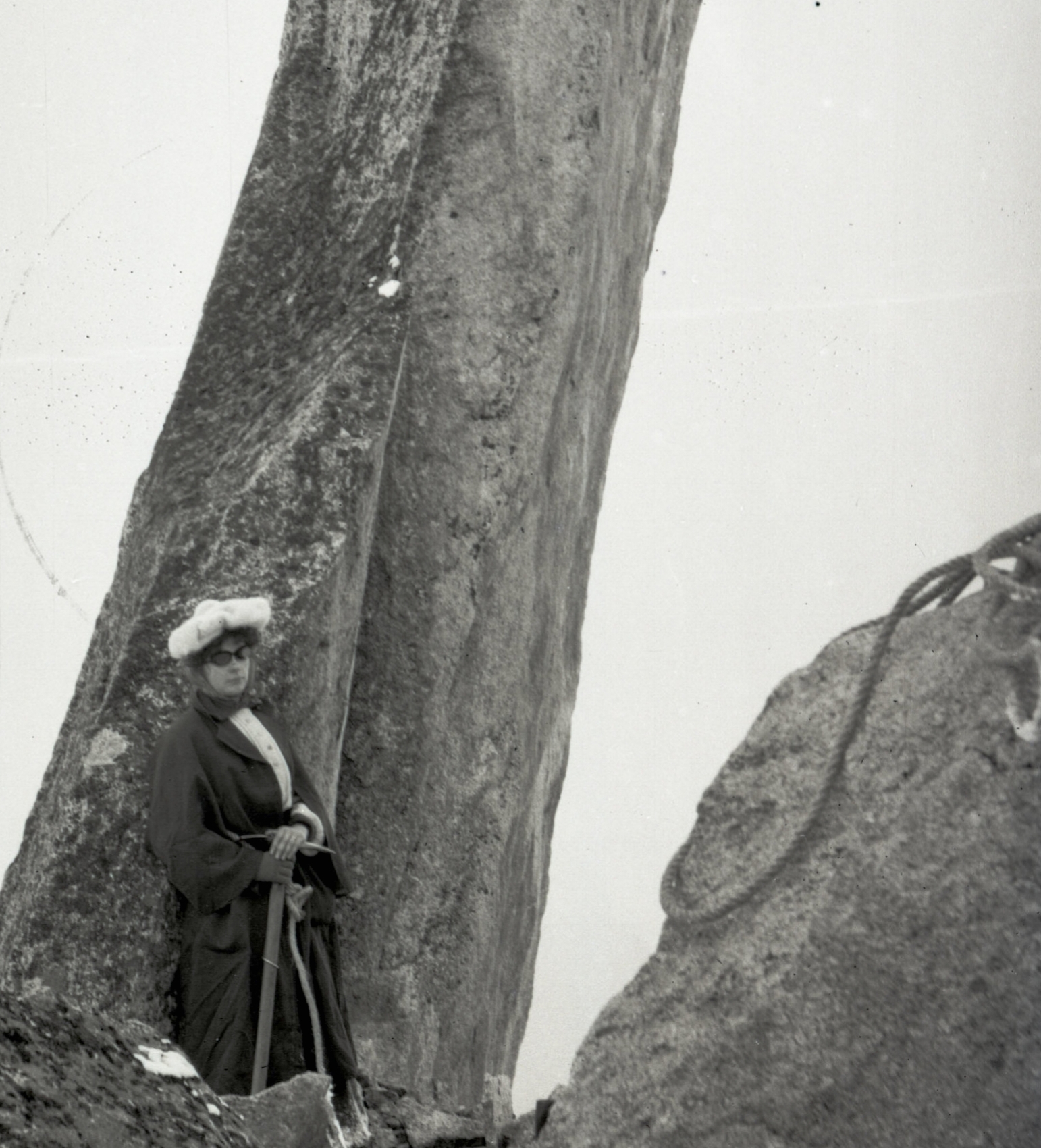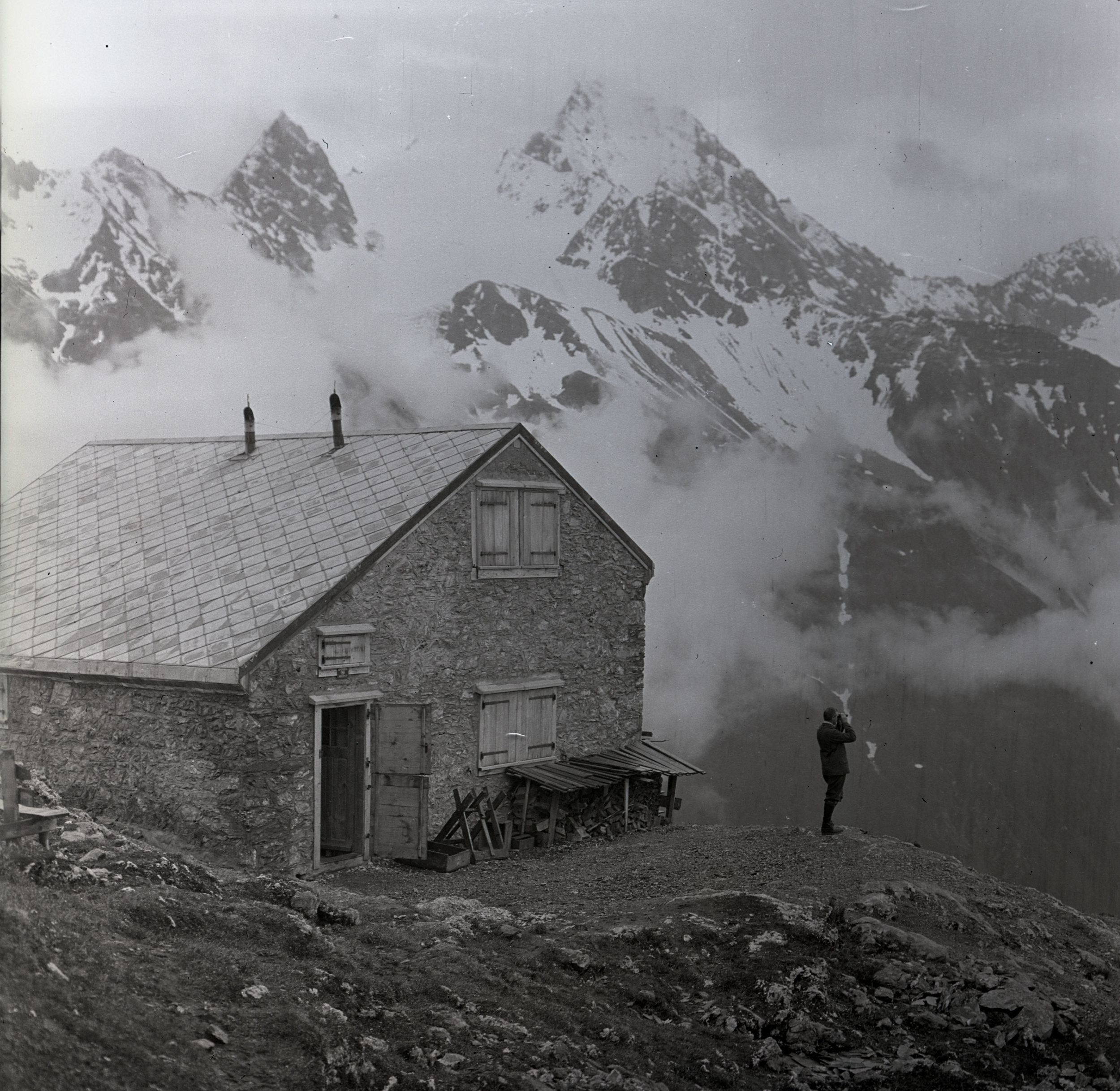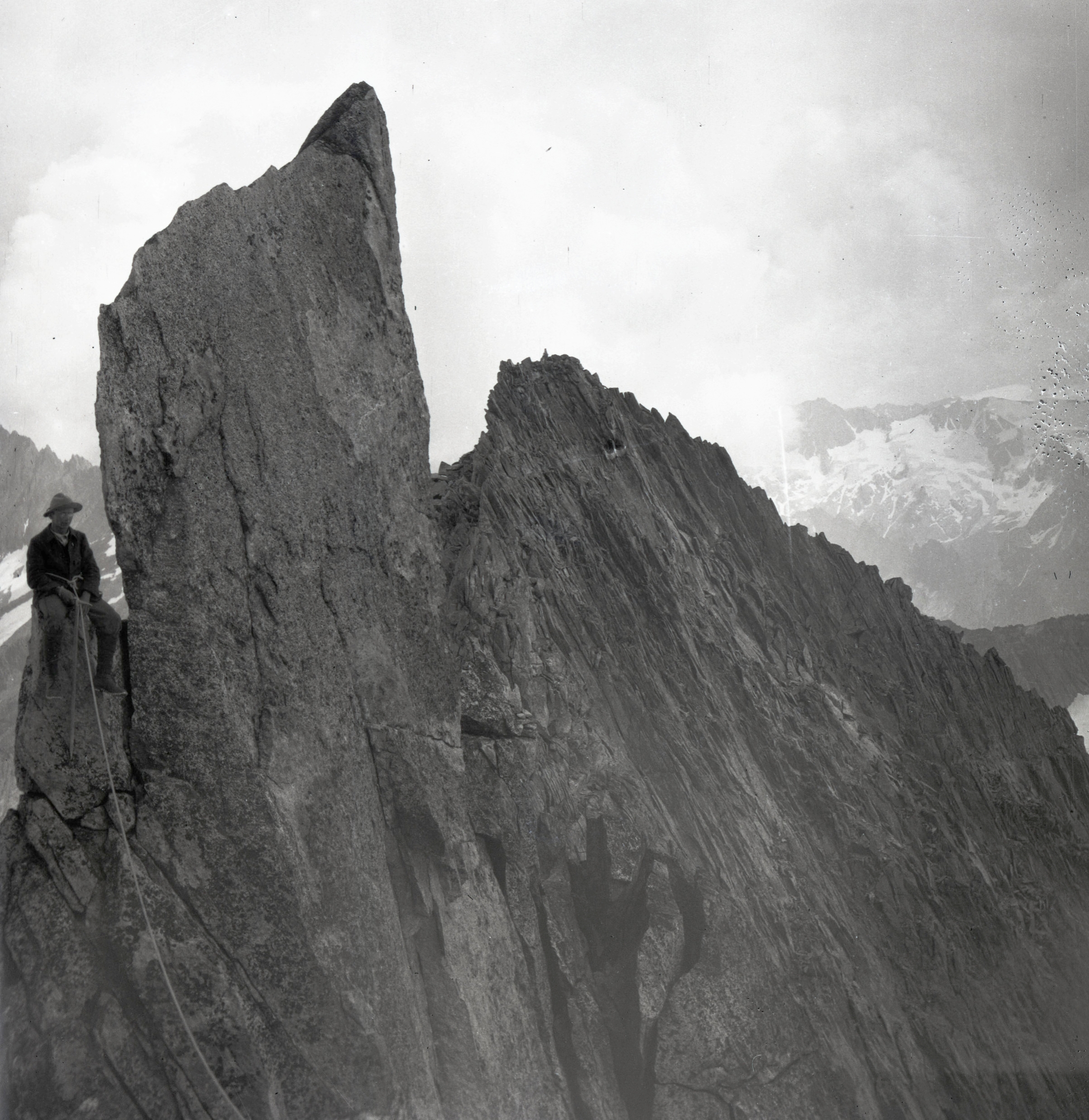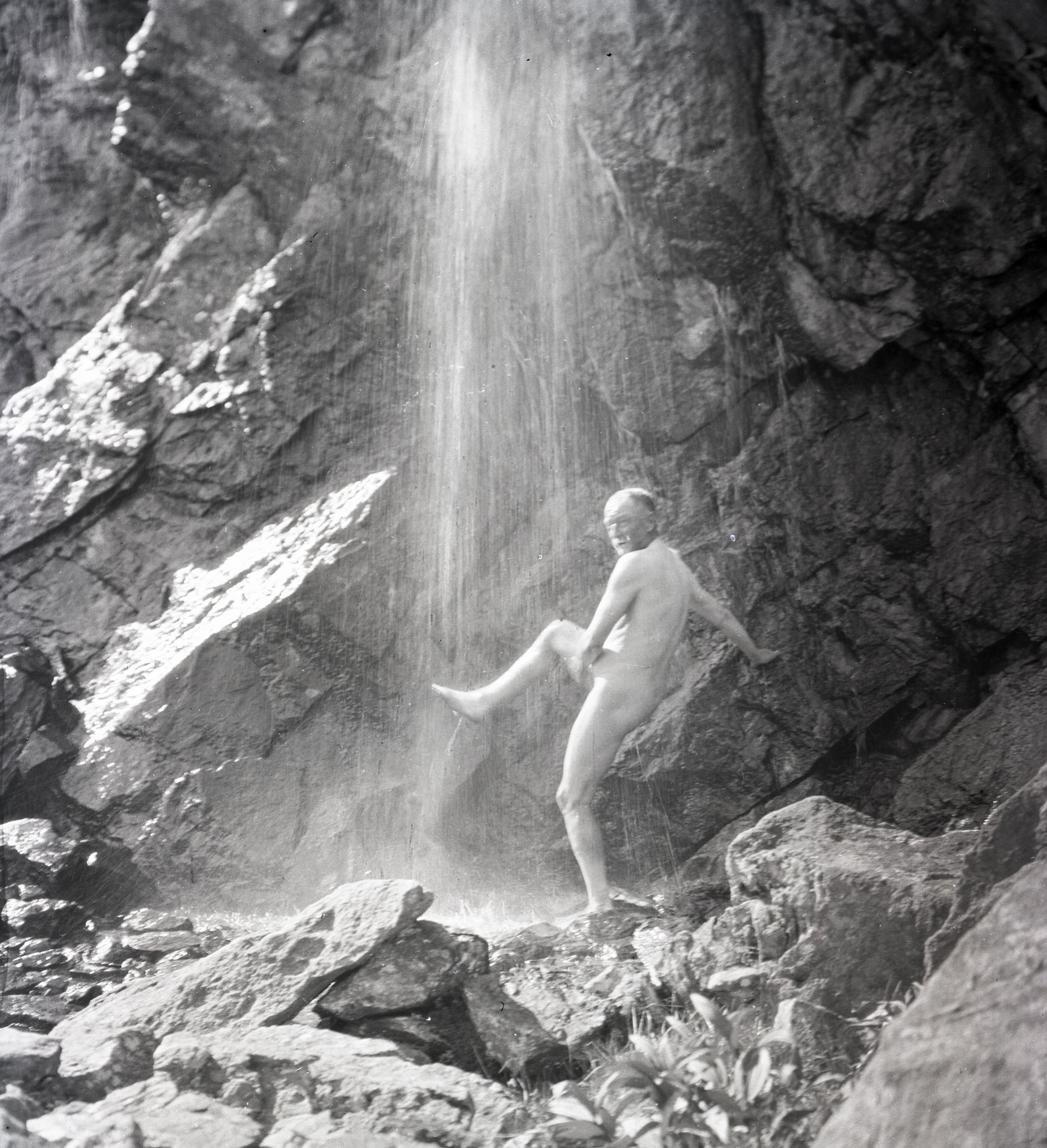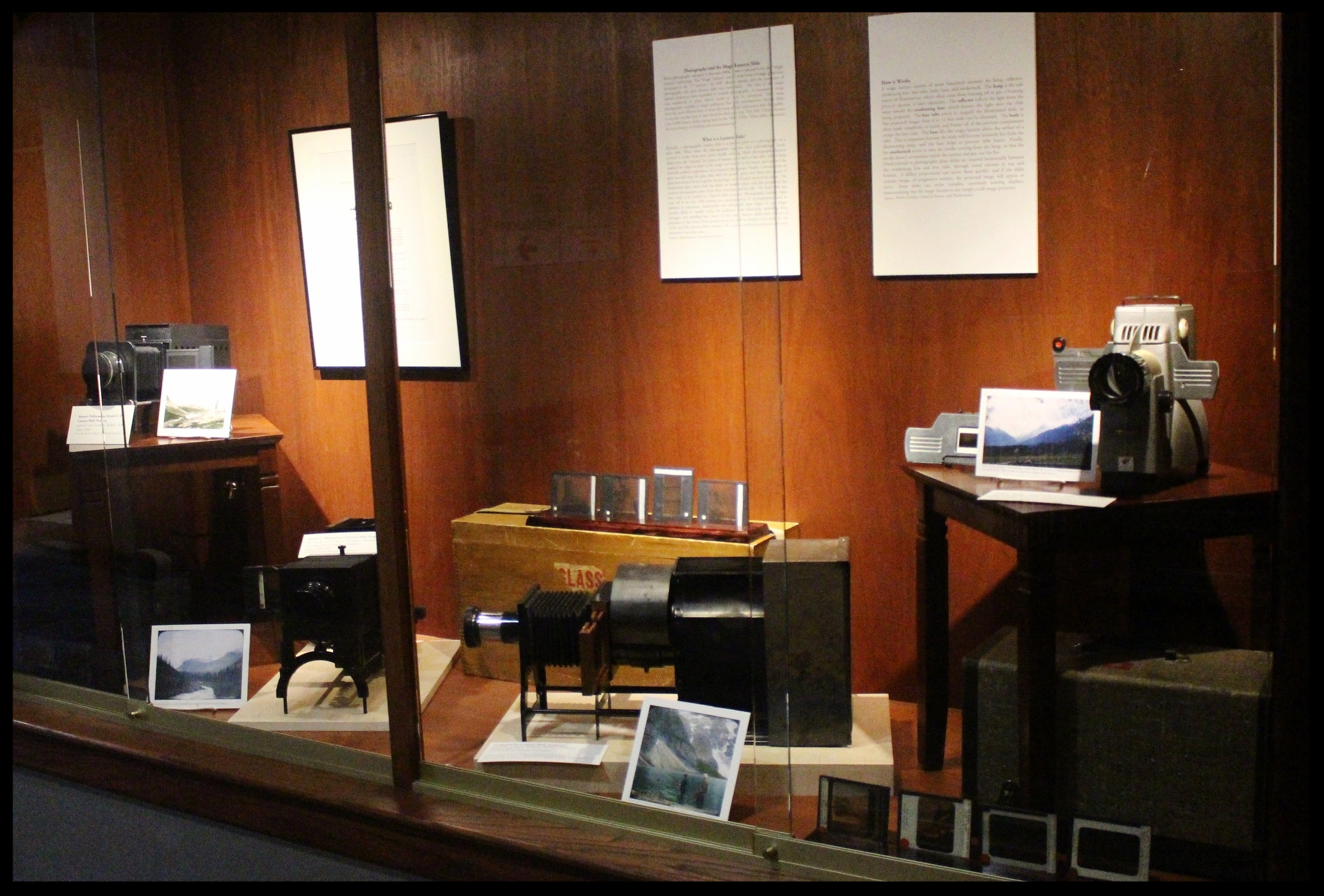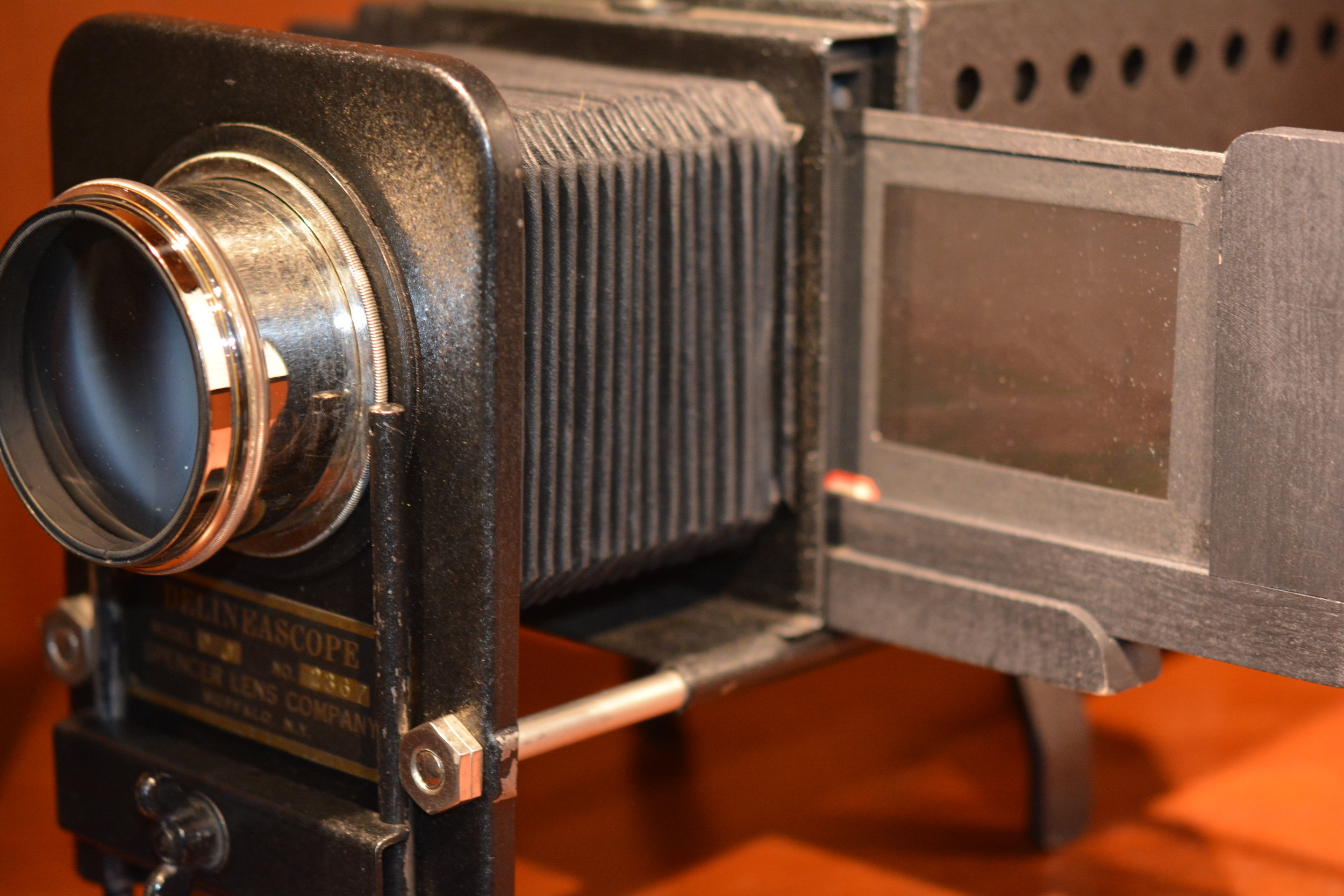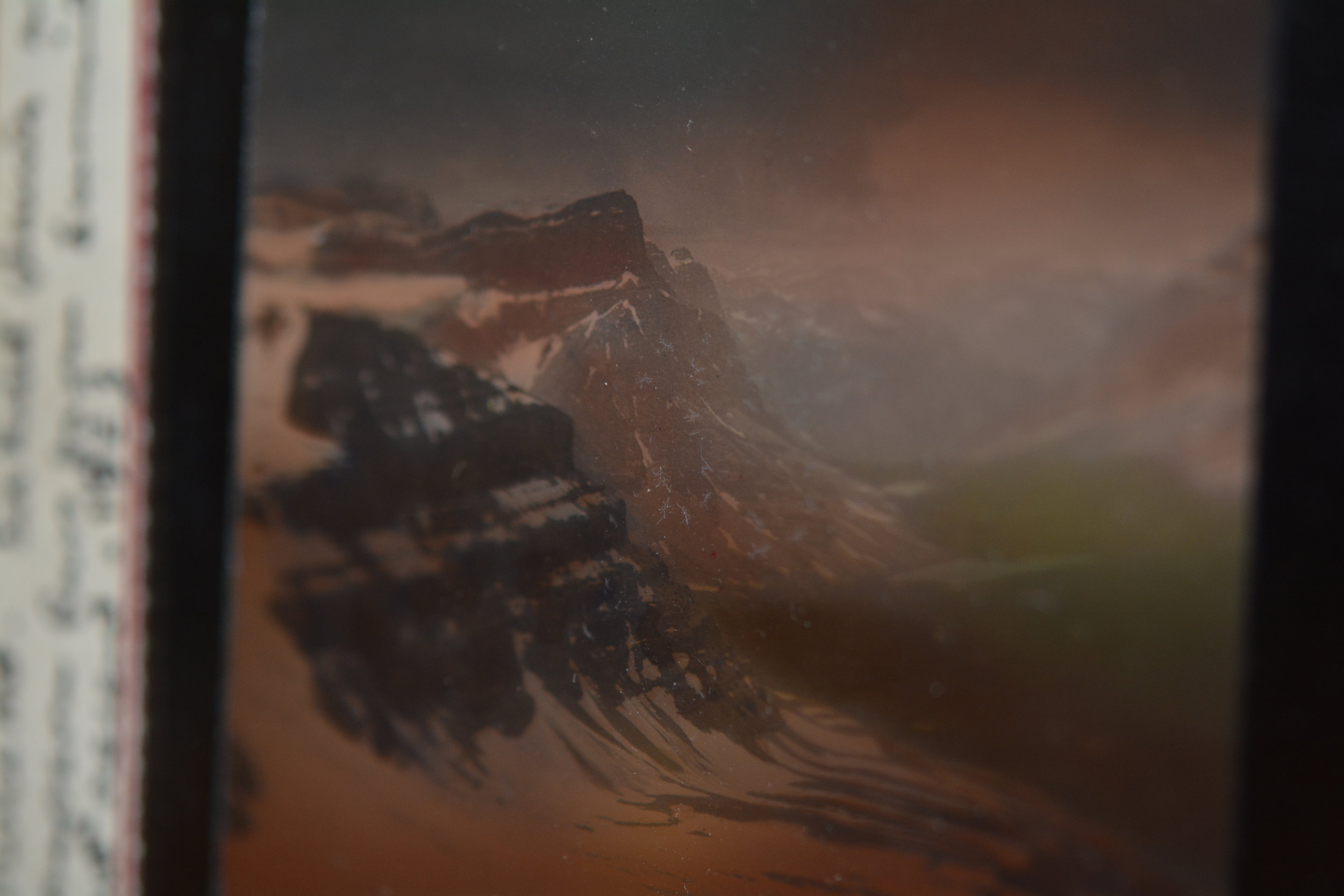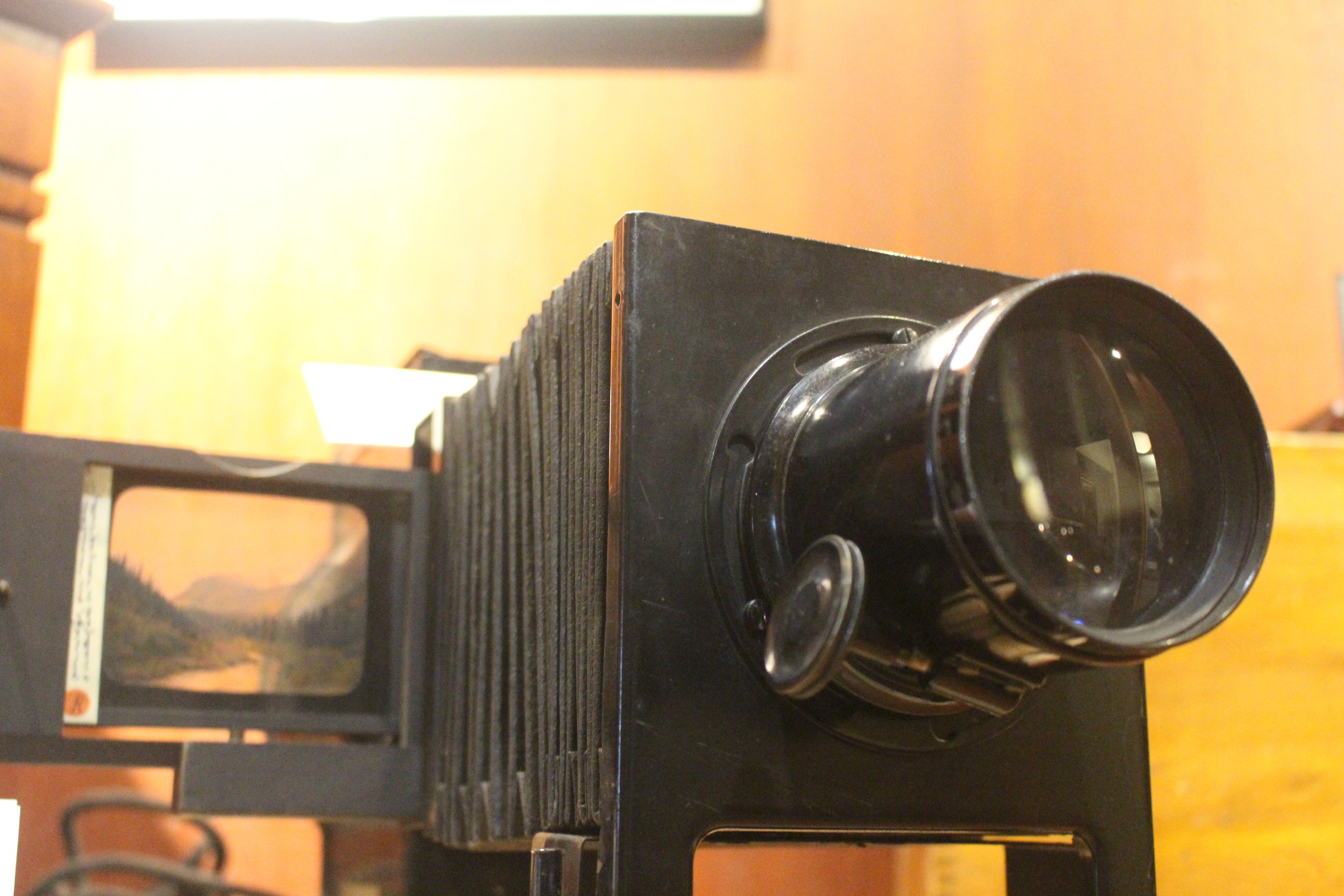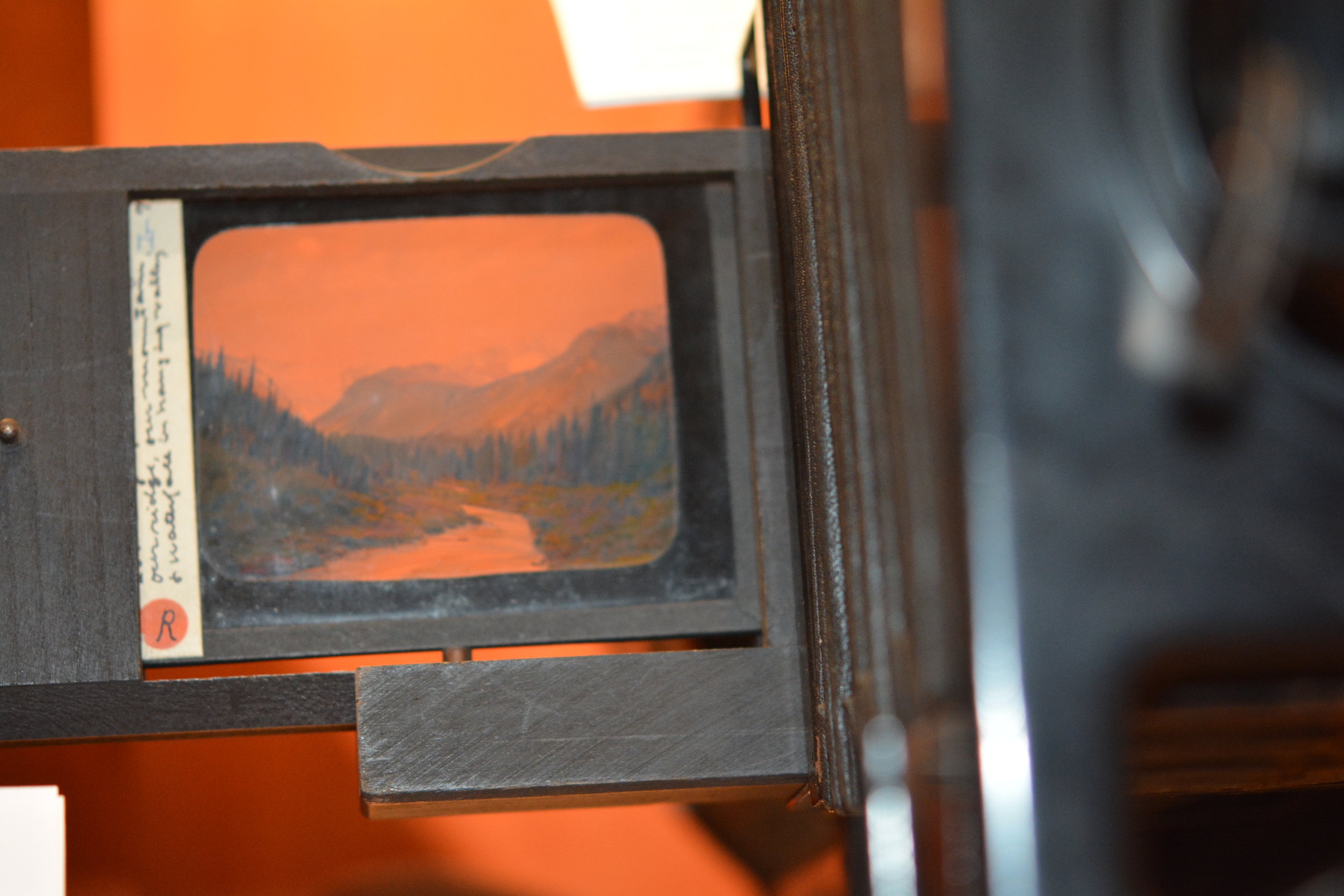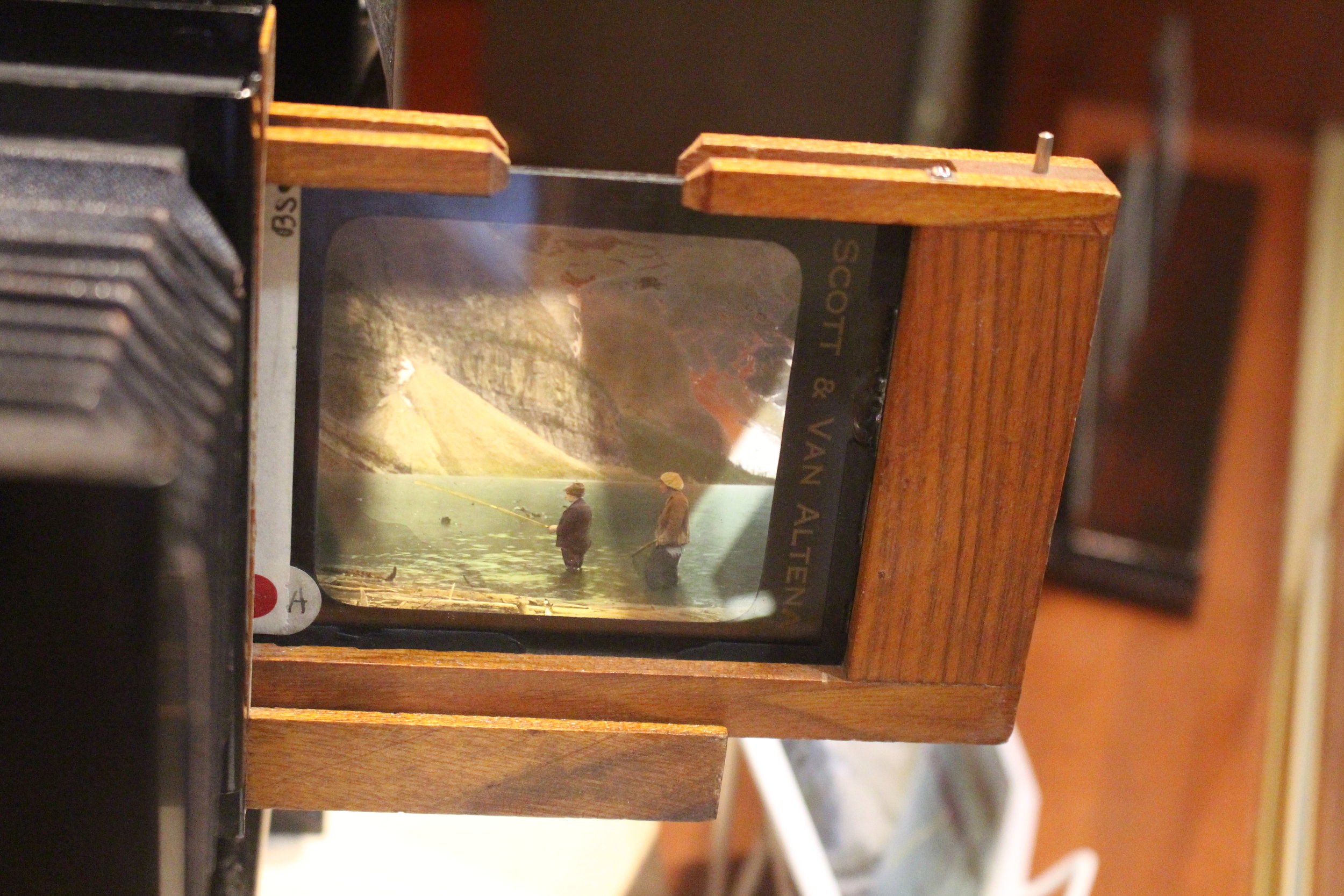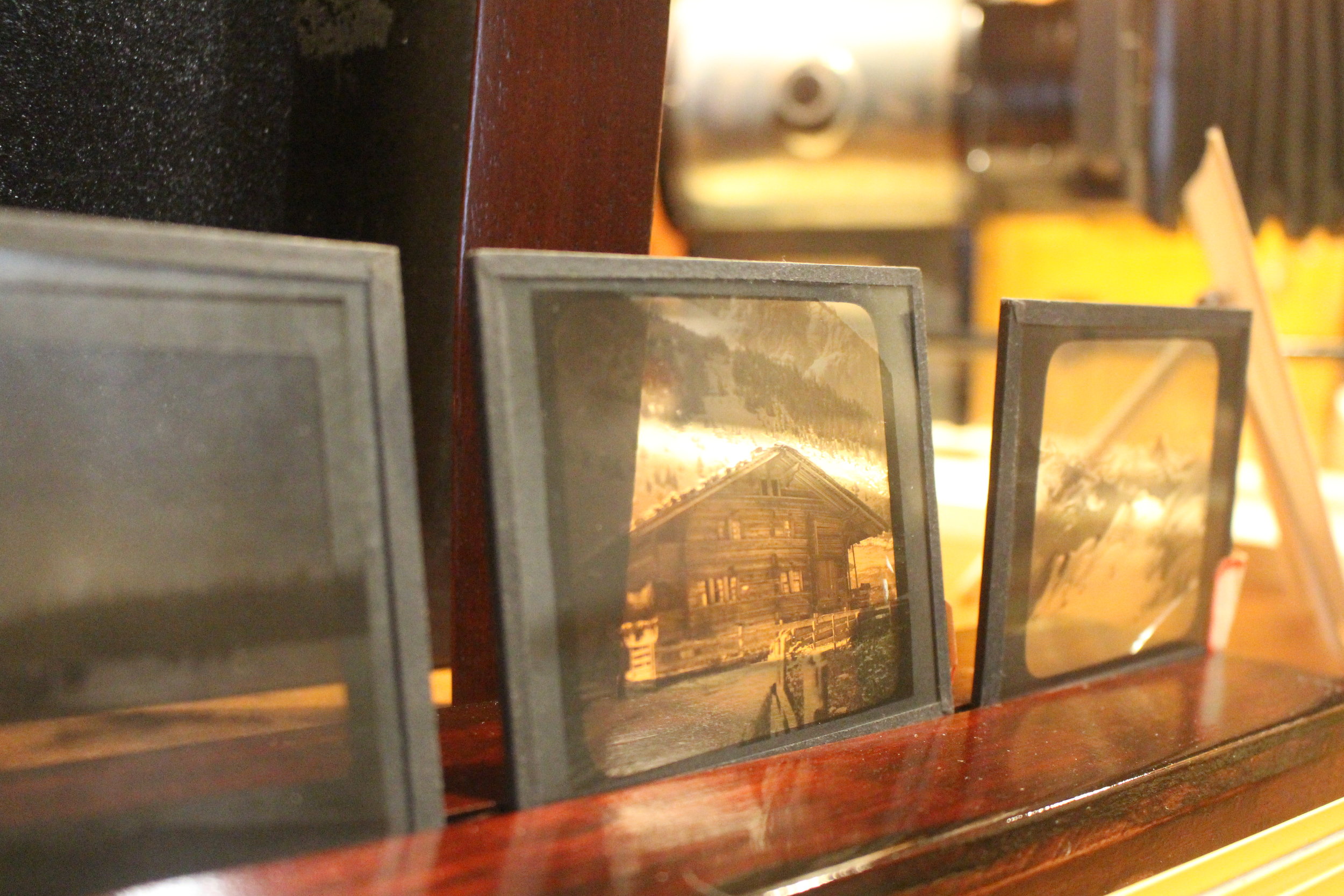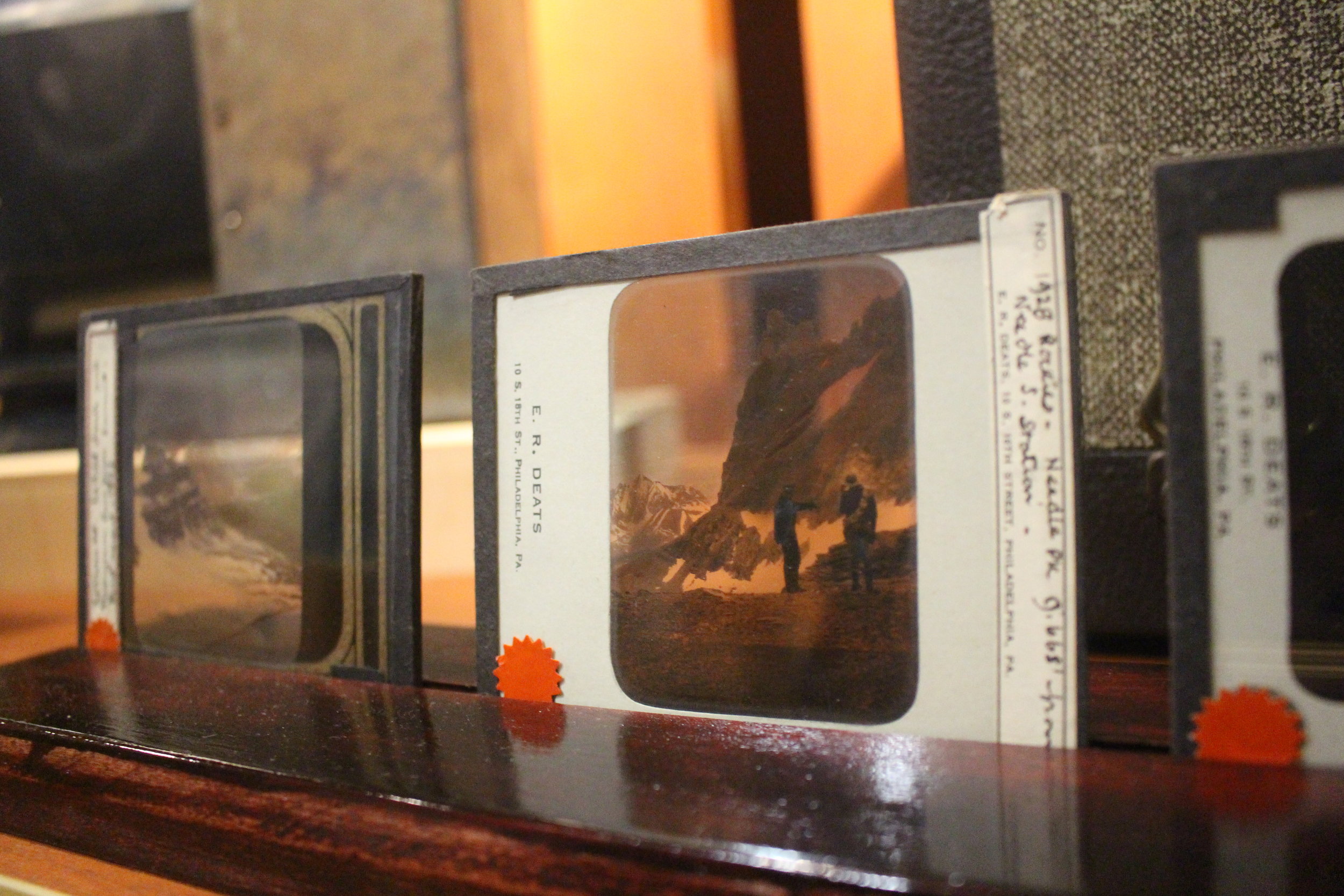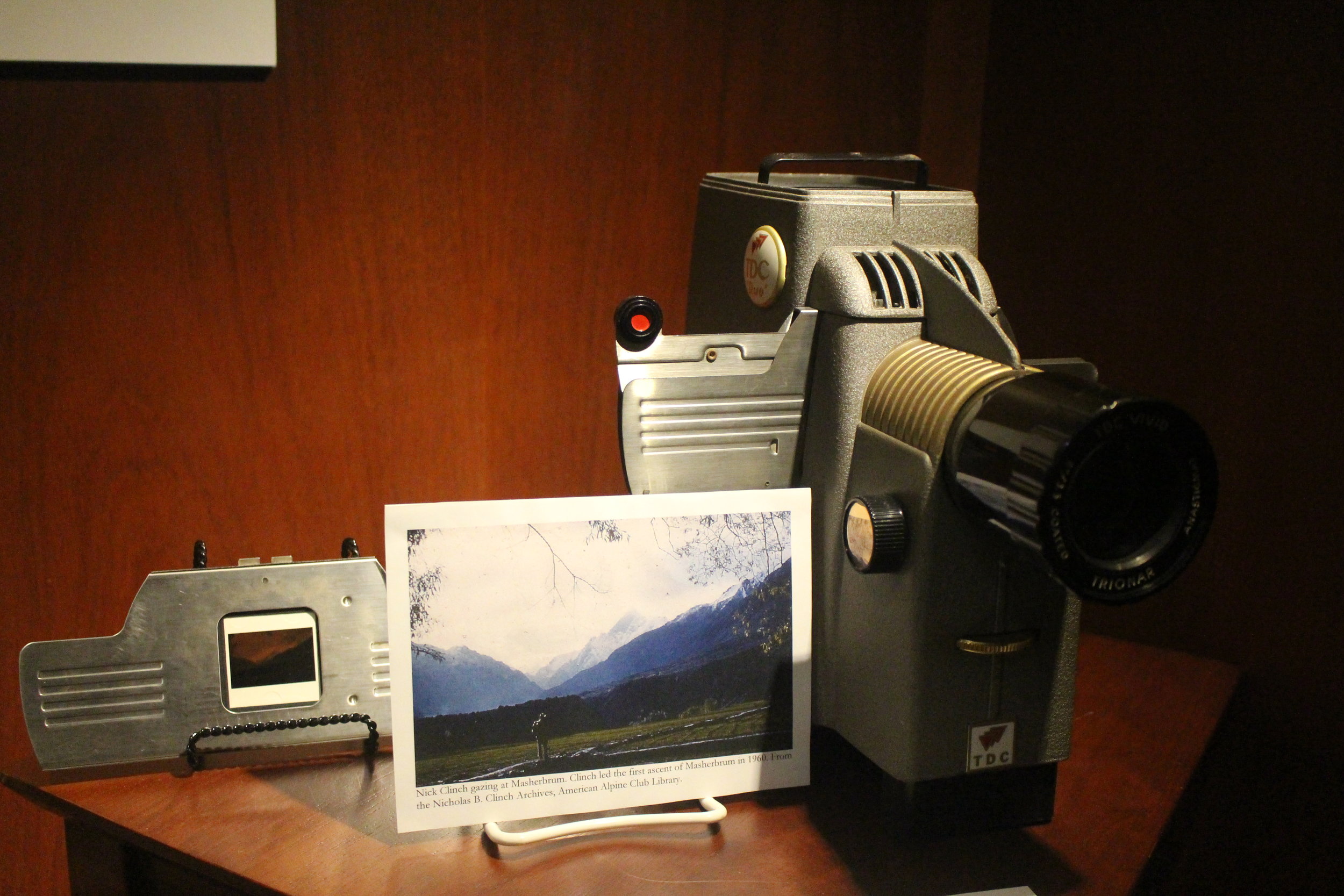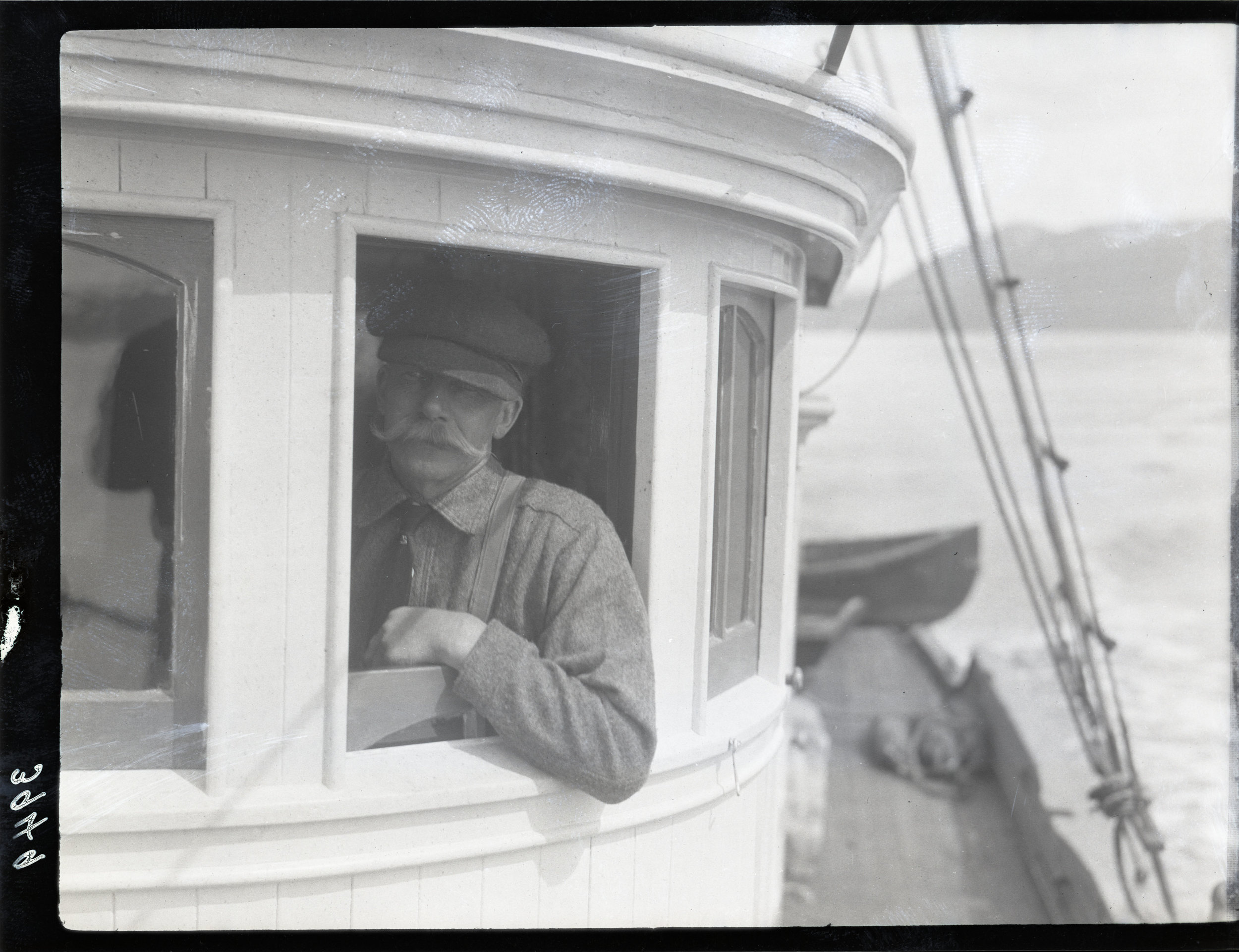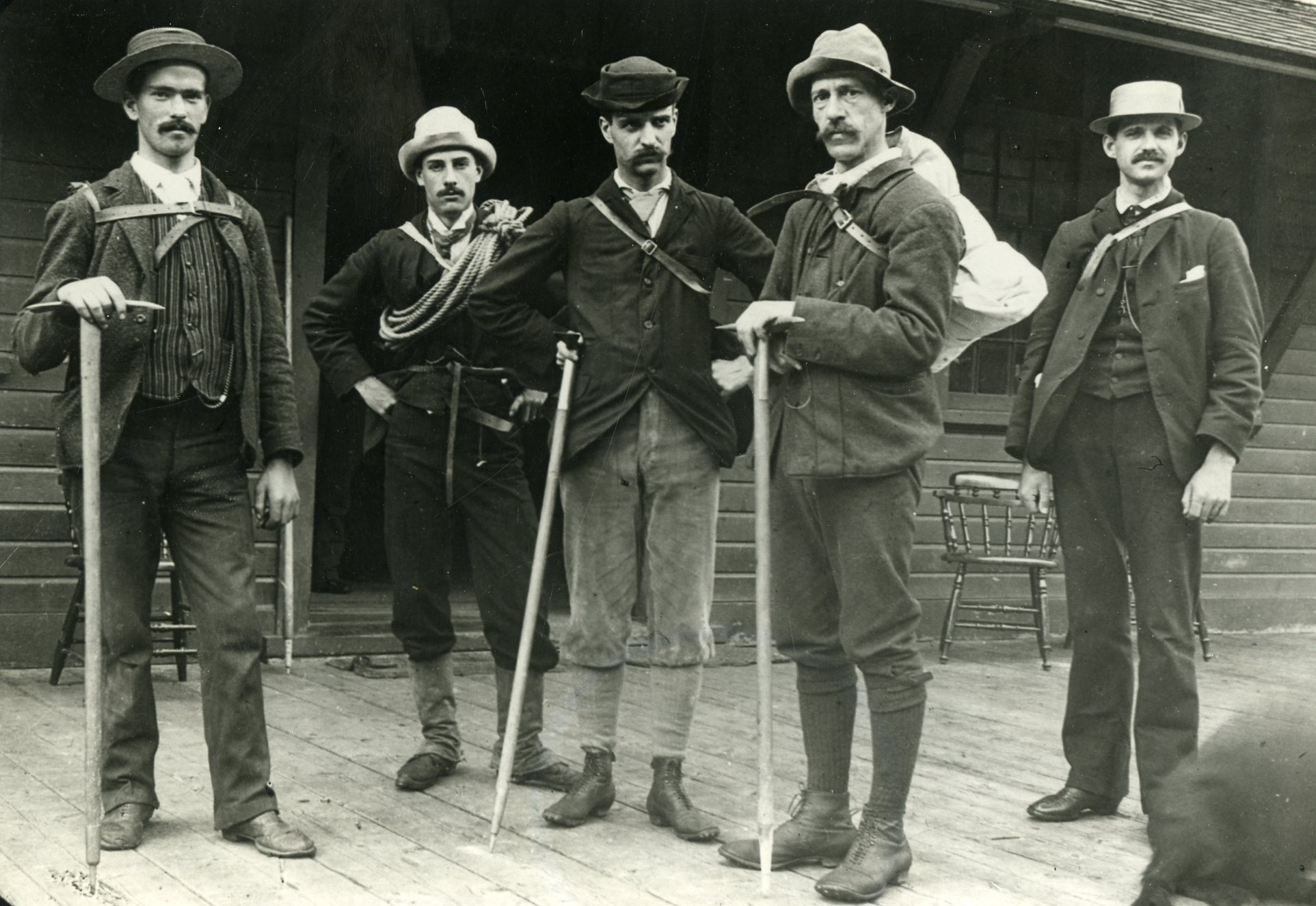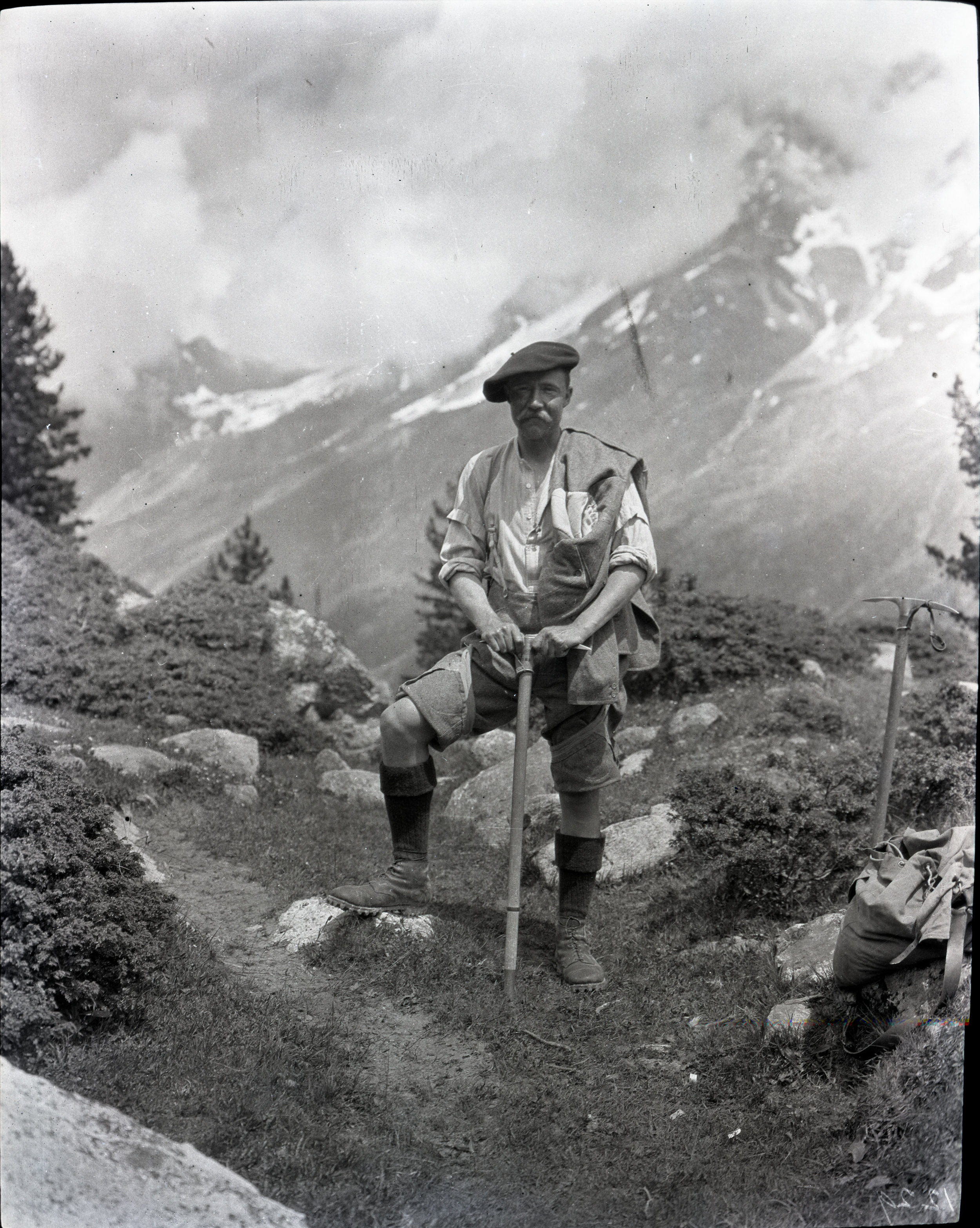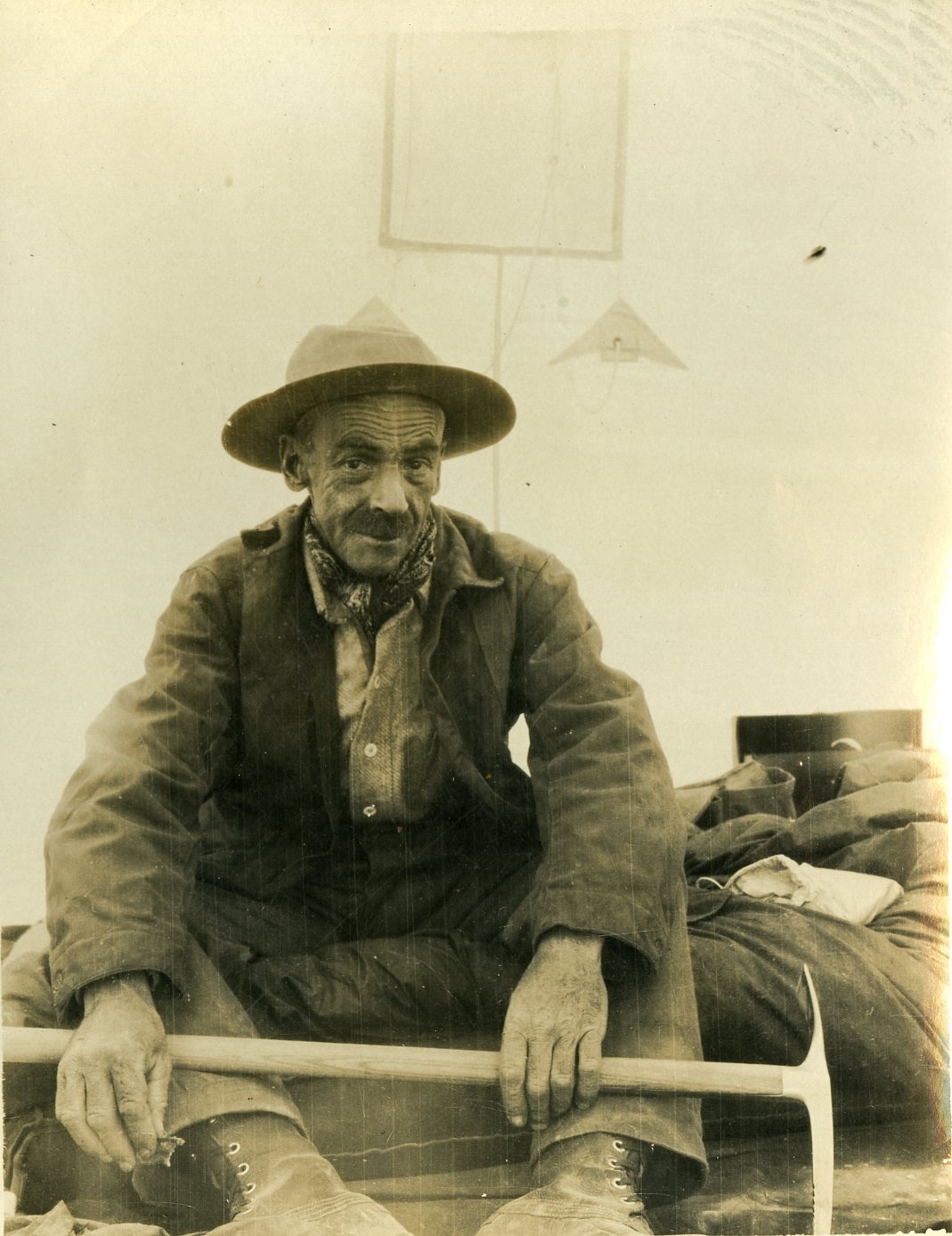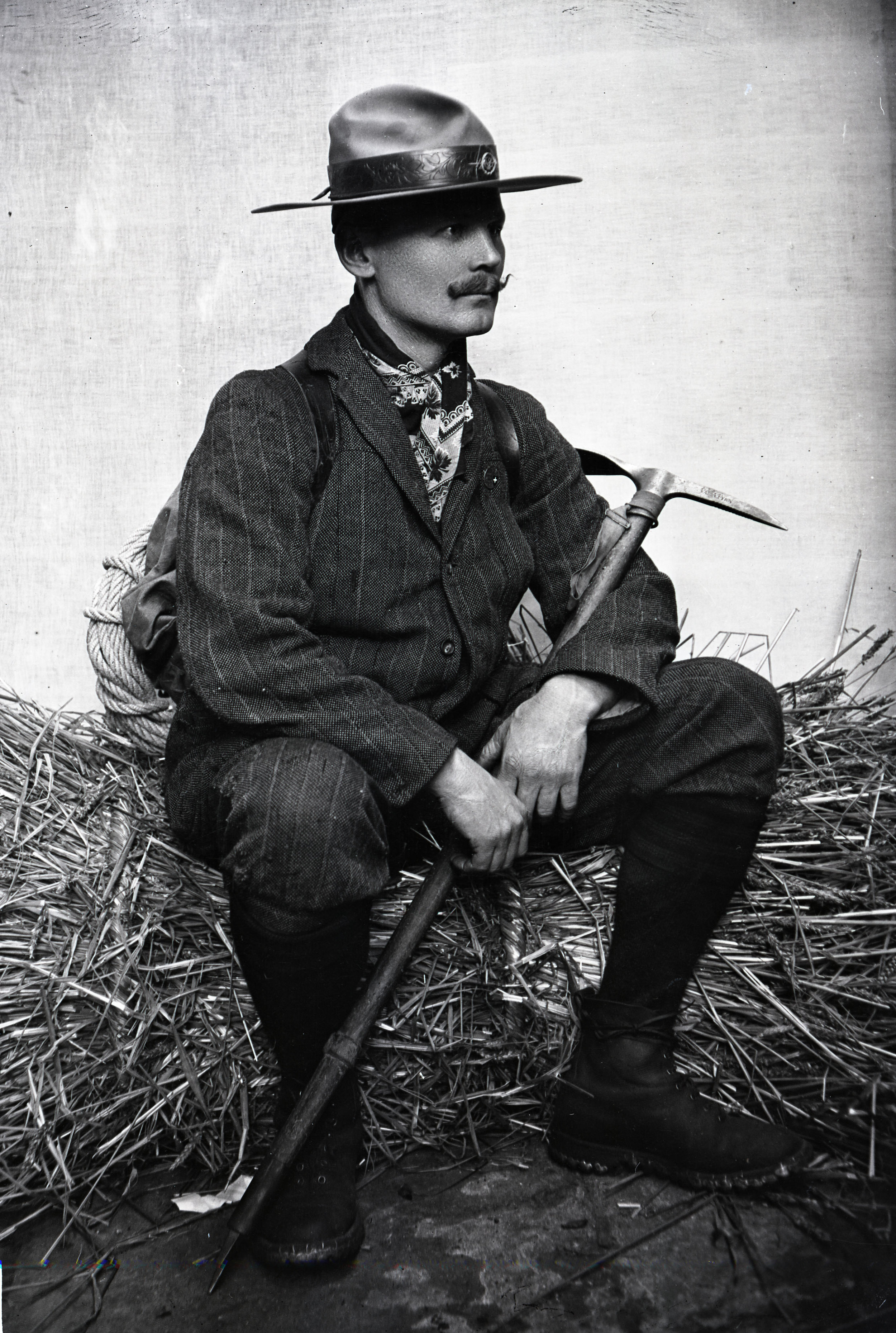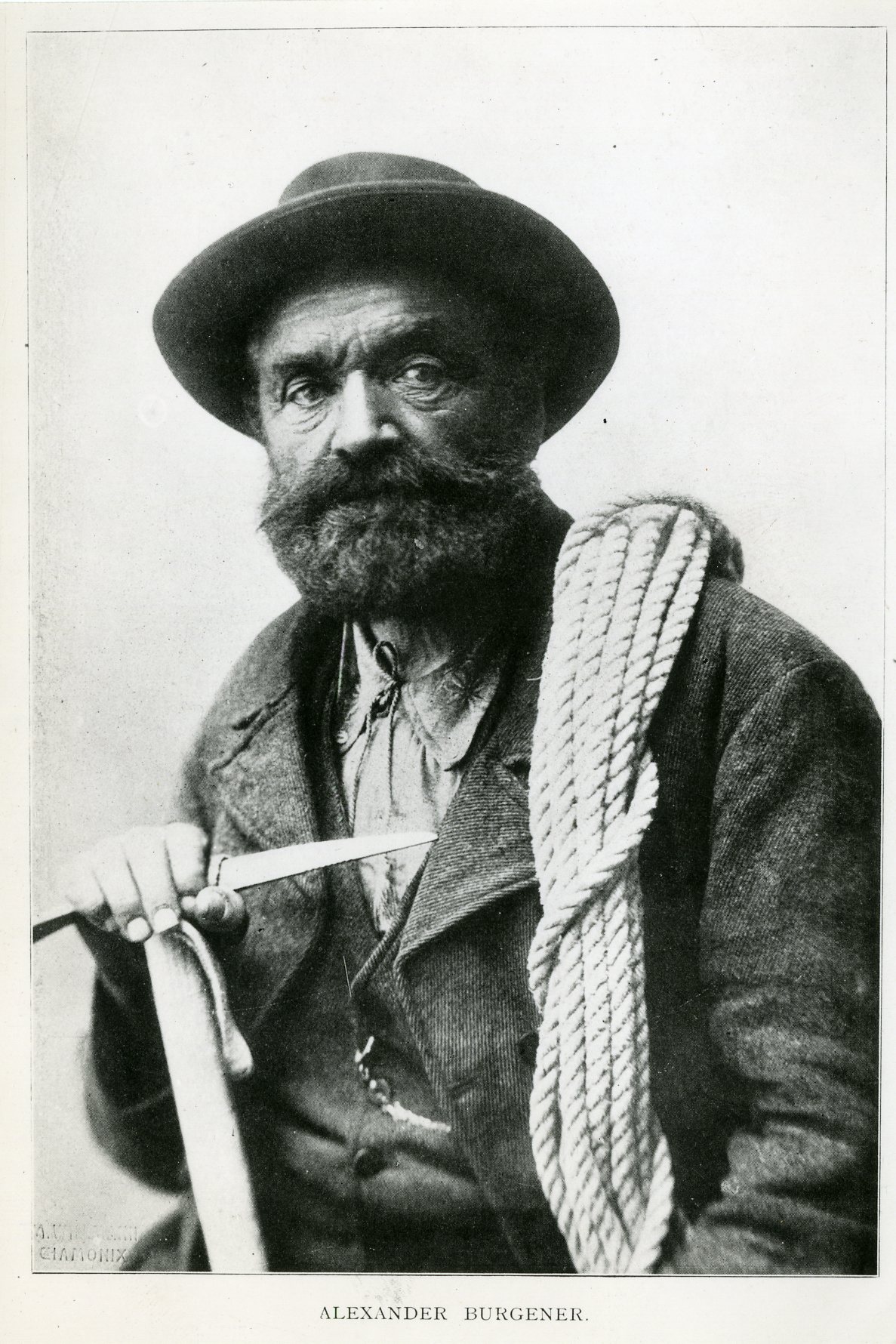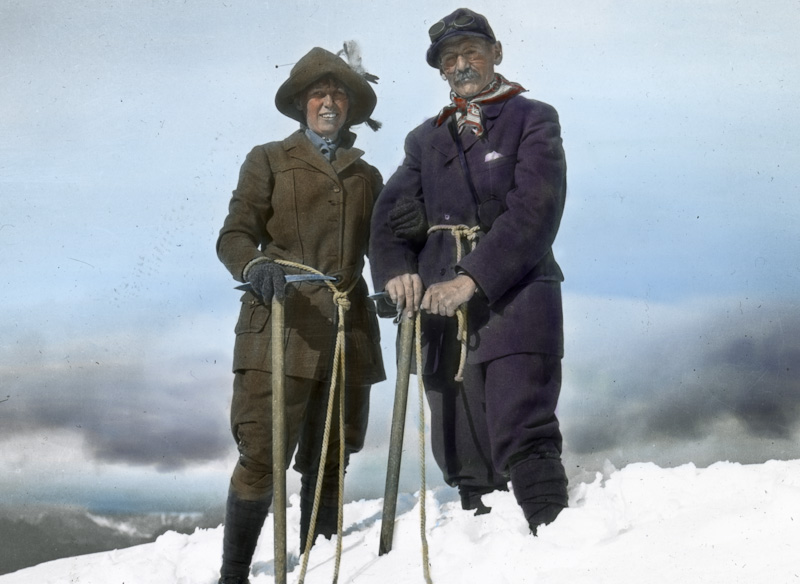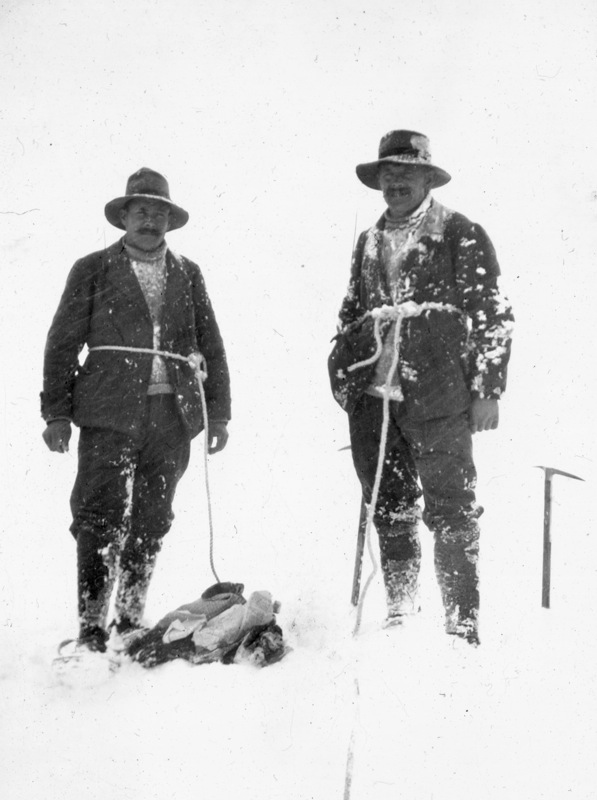Principle #3: The hands and limbs should be positioned ergonomically.
Pulling on the rope, pulling slack through a belay system, resting in the brake position, and sustaining a fall, all require belayer to use their bodies and joints in a repetitive and sometimes strenuous way. It is important that hands and limbs take advantage of the natural ergonomics of the belay system so that stamina, reactivity, and grip strength are optimized.
Tertiary Principles Specific to Rock Climbing
Back up belay(er)s are a valuable addition to any belay system. Another set of hands, another set of eyes, and a measure of redundancy are great ways to enhance the security of a belay. But, another person has not historically been a part of belaying. When available though, and especially when belayers are still learning, it can be a valuable principle to adopt.
Belayer’s grip strength and the amount of friction applied by a belay tool can be instantly negated if the belayer’s body mass does not provide an adequate counterweight to a climber. When a climber weighs more than 40% of a belayer’s body weight, it will start to be difficult for the belayer to avoid displacement. In these scenarios, adequate use of a ground anchor (for ballast) or friction on the rope system (through twists, wrapping an anchor bar, an adequate number of directionals, or the inherent friction of the rope running over the terrain) will be needed.
Climbers will need belayers to continually move slack out of the belay system, but they will also need belayers to pull all the stretch out of the rope at times, when the climber wants to rest on a tight rope for example. Due to this circumstance, belayers must become adept at not only belaying slack but belaying stretch as well. Belaying requires enough strength to pull latent elasticity out of the belay system so that the climber can rest without elongating the rope an inordinate amount.
Read more about the fundamentals of belaying and different belay techniques here.
The Belay System
When a climber understands the fundamental principles of belay, the belay system can be mastered. The belay system has four essential phases: The setup, communication and double checks, belaying and lowering, and termination.
The Setup
To setup a belay system, the climber and belayer will need to manage both ends of the rope; either by tying in with a figure 8 follow through or knotting the end of the rope. The belayer will need to select an appropriate belay tool, set it up correctly on the rope, and determine the need for a ground anchor. If an anchor is needed, that must also be set up.
Communication and Double Checks
A climber and a belayer are co-dependent. They must work as a team. So precise communication and double checks are an imperative part of their teamwork. The following communications should be learned and recited on every climb/belay:
“On Belay, [Name of Belayer]?” The belayer begins a vigilant, attentive, and serious administration of the belay system.
The climber displays their tie-in, harness, helmet, and climbing rope, while inspecting the belayer’s harness, belay setup, helmet, and ground anchor. The belayer checks the climber. When all these double checks are affirmed, the belayer can confidently continue to communicate.
“Belay on, [Name of Climber].”
“Climbing, [Name of Belayer].”
“Climb On, [Name of Climber].” The climber begins climbing.
“Got You, [Name of climber].” The belayer pulls all latent elasticity so that the climber can lean back and put weight on the rope.
“Ready to Lower, [Name of Belayer].” When the rope is tight, the climber leans back and relinquishes all body weight to the rope.
“Lowering, [Name of Climber].” When the climber is ready to lower, the belayer lowers the climber gently and smoothly to the ground.
“Off Belay, [Name of Belayer].”
“Belay Off, [Name of Climber].” If the climber is safe, firmly footed, and secure, there is no longer a need for belay, and the belay system can be deconstructed.
Conditional Communication
“Slack, [Name of Belayer].” The belayer provides one arm length of slack. If the climber requires more slack, they will request more.
“Up rope, [Name of belayer].” If the climber needs the belayer to move slack out of the belay, the “up rope” communication is given. In this circumstance the climber should also stop climbing until the slack is removed from the system.
“Tension, [Name of belayer].” The belayer pulls all latent elasticity so that the climber can lean back and put weight on the rope. Most commonly, this is so that the climber can rest.
“Rock!” If any object is falling, all those who observe the falling object call “Rock!”
To learn more about climber communication, check out this article.
When Double Checking
When the belayer and climber communicate, it is important to understand that the initial communication, “On Belay, [Name of Climber]?” is intentionally rendered in the form of a question. The climber is asking if the belay system is ready. Before the belayer can accurately and affirmatively reply, double checks are vital. The belayer must check the climber, and the setup of the belay system. The most vital items to double check are:
Buckles. Before leaving the ground, both the climber and belayer should demonstrate to each other that the buckles on their harnesses and helmets are secure (double-backed if appropriate) and tight.
Abdomen Fit (Harness Fit). A climber could fall out of a loose harness. Both the climber and belayer should inspect each other’s harnesses for proper fit. It is important that the harness is situated above the pelvis and that it is adequately tightened.
Rope. It is important to ensure that the rope is ready to use before the climber leaves the ground. Unwanted twists should be untwisted. When lots of ropes are set near each other, it is important to confirm that the climber and belayer are set up on the same rope. Both ends of the rope should be managed.
Belay Device. All belay devices have specific orientations that must be set up correctly. ABD’s should be loaded correctly, and plate/aperture/tube devices should be oriented so that the braking motion does not twist the belay loop.
Carabiner. The locking mechanism of a belay carabiner contributes to proper function and strength of the carabiner. If a belayer fails to lock the carabiner, it could create a dangerous situation when the climber loads the belay system. At the beginning of a climb, the belayer should demonstrate to the climber that the carabiner is locked by attempting to press the gate in.
Knot. The figure 8 follow through is used to directly connect the rope to a harness. If tied incorrectly, the result could be devastating. It is the climber and belayer’s responsibility to ensure that the climber has a properly tied knot which passes through both tie in points of the harness.
Belaying and Lowering
Once the belay system has been setup, the system has been double checked, and the climber and the belayer have communicated their roles clearly and unambiguously, the actual belaying, climbing, and eventually lowering is the next phase of the belay system.
A climber that is secured by a top rope from above will create slack, and the belay system should constantly remove slack. Additionally, when a climber wants to rest on the rope, when a fall is anticipated, or prior to lowering, belayers also need to remove any latent elasticity from the rope system.
A lead climber will need a steady supply of rope to clip the rope into incremental protection. While the fundamental principles of belay remain unchanged for this context, it is fundamentally different than top rope belaying in two ways. First, belaying a lead climber involves giving slack, not taking in slack. But, the belayer must be precise in the amount of slack given. The lead climber should have just enough slack to move and clip the rope, unencumbered. There should be no more or less slack given than the amount needed to accomplish this task. Second, a lead belayer sustains a higher impact force when a lead climber falls; they are often displaced by the dynamic forces of the lead climber’s fall. Such displacement cannot compromise the integrity of the belay. The fundamental principles must be adhered to, even when acting as a dynamic counterweight.
In most contexts, a climber will need to be eventually lowered from a climb. When lowering, the climber completely surrenders their body weight to the belay system, and the belayer is entirely responsible for delivering the climber safely to the ground. If the climber does not lean back entirely, the belayer cannot provide an effective lower.
Termination
Once the climber and the belayer are either safely anchored or safely situated on the ground, the final phase of the belay system is termination. It is important that the belayer remain vigilant, attentive, and serious until the belay system is terminated. When the climber is either safely anchored or firmly footed, the “Off Belay, [Name of Belayer]” command assures the belayer that the climber no longer requires the safety of the rope.
The belayer can respond, “Belay Off, [Name of Climber].” The only time a belay system should be terminated is when it is no longer needed. If a climber terminates a belay system, they should no longer require belaying, they should be safely situated on the ground, or they should be anchored.









